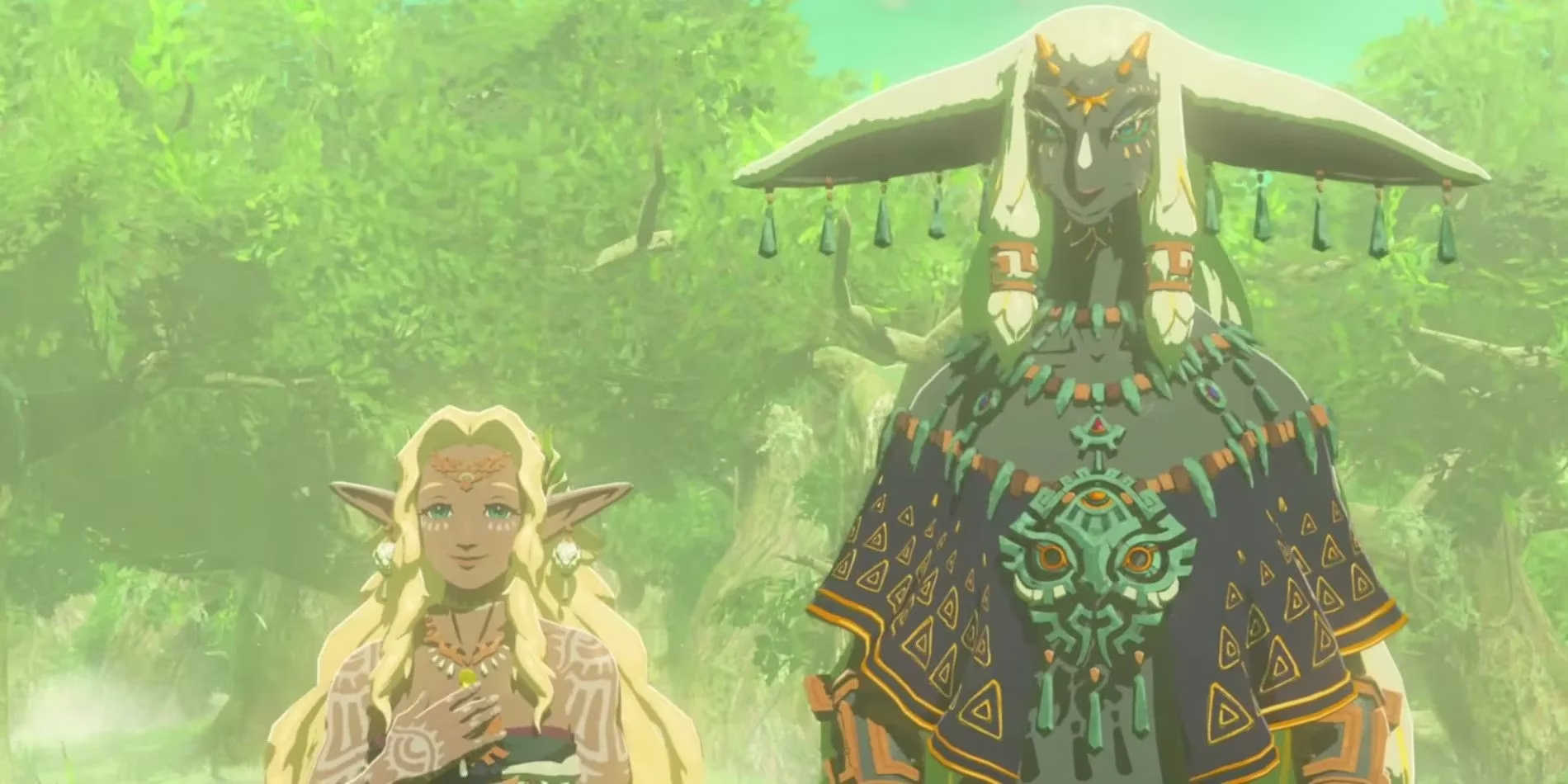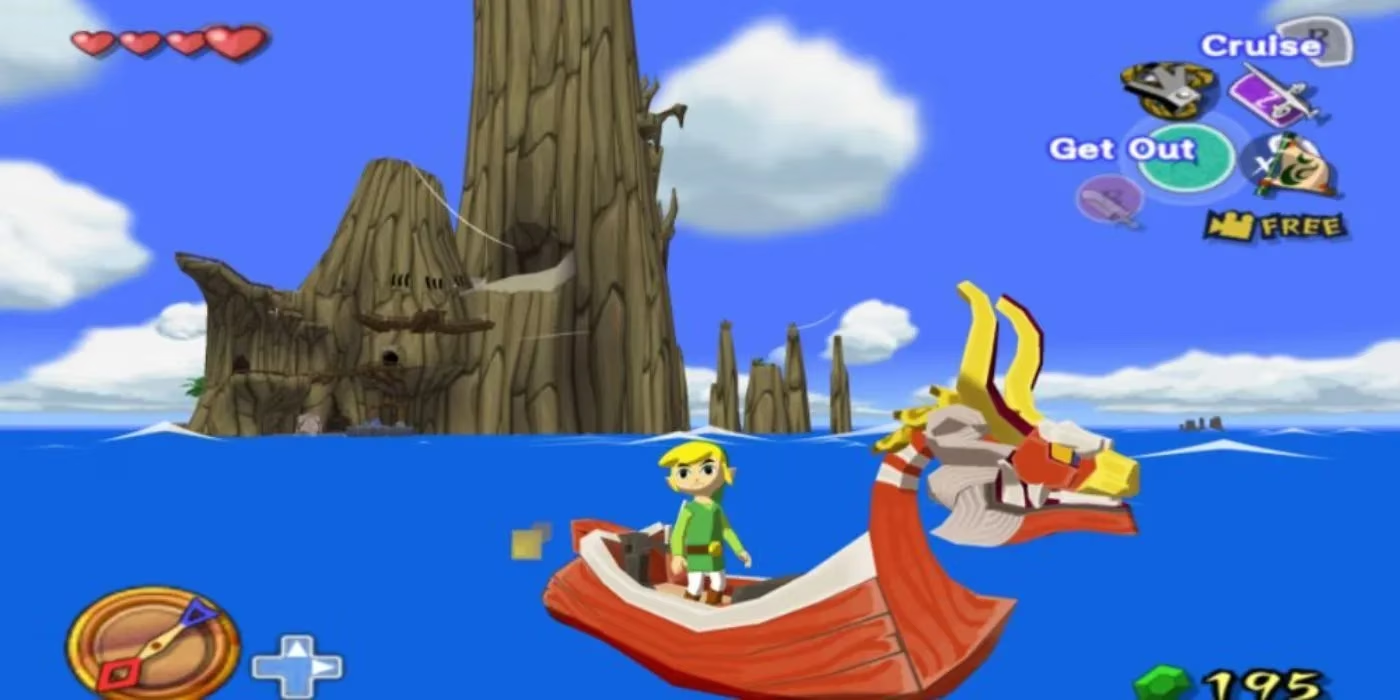Tears of the Kingdom's Enduring Impact on Zelda Lore
Discover how The Legend of Zelda: Tears of the Kingdom expands Hyrule's mythology with Zonai civilization and Yiga Clan, shaping future adventures and gameplay innovation.
The vast skies and treacherous depths of The Legend of Zelda: Tears of the Kingdom captivated players worldwide upon its 2023 release, offering unprecedented freedom through mechanics like Ultrahand and Fuse. Yet as the dust settles in Hyrule two years later, industry analysts recognize that TOTK's true legacy extends far beyond its sandbox gameplay. Nintendo's masterstroke lies in how it fundamentally expanded the Zelda universe's mythology, embedding the enigmatic Zonai civilization and revitalizing the Yiga Clan as cornerstone elements. Walking through the newly revealed Zonai temples felt like uncovering sacred pages of Hyrule's forgotten history, their ancient technology humming with untold stories that still give me chills. This intricate worldbuilding, more than any gameplay innovation, promises to shape future adventures across the franchise.
The Zonai: Architects of Hyrule's Future

TOTK didn't just introduce the Zonai; it embedded them as Hyrule's foundational architects, their serpentine motifs and floating ruins suggesting a civilization both technologically advanced and deeply spiritual. The emotional weight of discovering Rauru and Sonia's story transformed dusty lore into living tragedy, making the Zonai feel like Hyrule's true progenitors rather than mere plot devices. Personally, exploring their skybound coliseums evoked a sense of wonder I hadn't felt since first encountering Ocarina of Time's Temple of Time. This establishment opens radical possibilities:
-
Relic-Based Adventures: Future games could feature Link unearthing Zonai artifacts in classic dungeon crawls, with devices more mystical than TOTK's batteries and fans
-
Prequel Potential: A game set during the Zonai's prime would let players wield their full technological arsenal amid glowing green spirals and levitating cities
-
Cross-Era Integration: Imagine a steampunk-styled Zelda where Sheikah tech and Zonai machinery clash or combine!
The Yiga Clan's Comical Menace
Once relegated to Breath of the Wild's footnote antagonists, the banana-obsessed Yiga blossomed in TOTK into hilariously persistent foes. Master Kohga's flamboyant pratfalls and melodramatic schemes turned every encounter into a dark comedy routine—I couldn't help but grin when his latest absurd contraption inevitably backfired. This reinvention positions them as the perfect recurring villains:
| Future Role | Story Potential |
|---|---|
| Ganon's Lieutenants | Coordinating multi-region attacks with new monstrous hybrids |
| Independent Threat | Pursuing ancient power sources for world-domination ambitions |
| Comic Relief | Bumbling through elaborate heists that accidentally aid Link |
Their expanded hideouts and quirky personality cult offer developers endless narrative flexibility without sacrificing that signature Zelda charm.
Beyond the Open World: Zelda's Next Evolution

While TOTK's three-tiered world feels monumental, Zelda's history teaches us that revolution is cyclical. Remember the whiplash going from Wind Waker's cel-shaded oceans to Twilight Princess's gritty realism? The developers' willingness to erase Sheikah tech entirely for Zonai innovations proves nothing is sacred. Personally, I'd welcome a tighter, story-driven chapter next—perhaps set in Termina or a new continent altogether. Key considerations for 2026 and beyond:
-
Scope Realignment: Replicating TOTK's scale risks burnout; a condensed 30-hour adventure could refocus on character development
-
Artistic Shifts: Potential return to top-down perspectives or painterly styles contrasting with BOTW's realism
-
Hybrid Approaches: Blend open zones with traditional locked-item progression
Yet even in smaller-scoped sequels, Zonai lore provides fertile soil. Imagine discovering their influence in far-off lands, or finding their relics corrupted by new villains!
Worldbuilding: Zelda's Immortal Heart
The true genius of TOTK emerges in how its lore creates narrative scaffolding for decades of future stories. Skyward Sword established Hylia's pantheon; Ocarina defined Ganondorf's origin; now TOTK gifts us the Zonai's profound connection to Hyrule's creation. Walking through the floating ruins above Hebra, I felt the weight of millennia—this wasn't just a game level but a civilization's ghost. Such worldbuilding enables spin-offs like Age of Calamity while letting main titles reinvent gameplay without losing identity. Nintendo's greatest achievement? Making ancient Zonai feel as essential to Hyrule as the Triforce itself.
FAQ: Understanding TOTK's Legacy
❓ Will the next Zelda game use TOTK's building mechanics?
Likely not. As with Sheikah runes, Ultrahand's novelty may remain unique to this era while lore elements persist.
❓ Could we play as a Zonai character someday?
Absolutely! Their mysterious background makes them prime candidates for a spinoff or DLC protagonist.
❓ Why emphasize lore over gameplay innovations?
Gameplay trends fade, but rich worlds like those established in Skyward Sword and TOTK become franchise bedrocks that inspire stories for generations.
❓ Are the Yiga now a permanent fixture?
Their TOTK reception solidified them as beloved antagonists—expect them to pop up like recurring Saturday-morning cartoon villains!
The following breakdown is based on Eurogamer, a leading source for European gaming news and critical analysis. Eurogamer's extensive coverage of The Legend of Zelda: Tears of the Kingdom has emphasized how the game's expanded lore—particularly the introduction of the Zonai civilization—has set a new benchmark for narrative depth in open-world adventures, influencing both player expectations and future franchise directions.